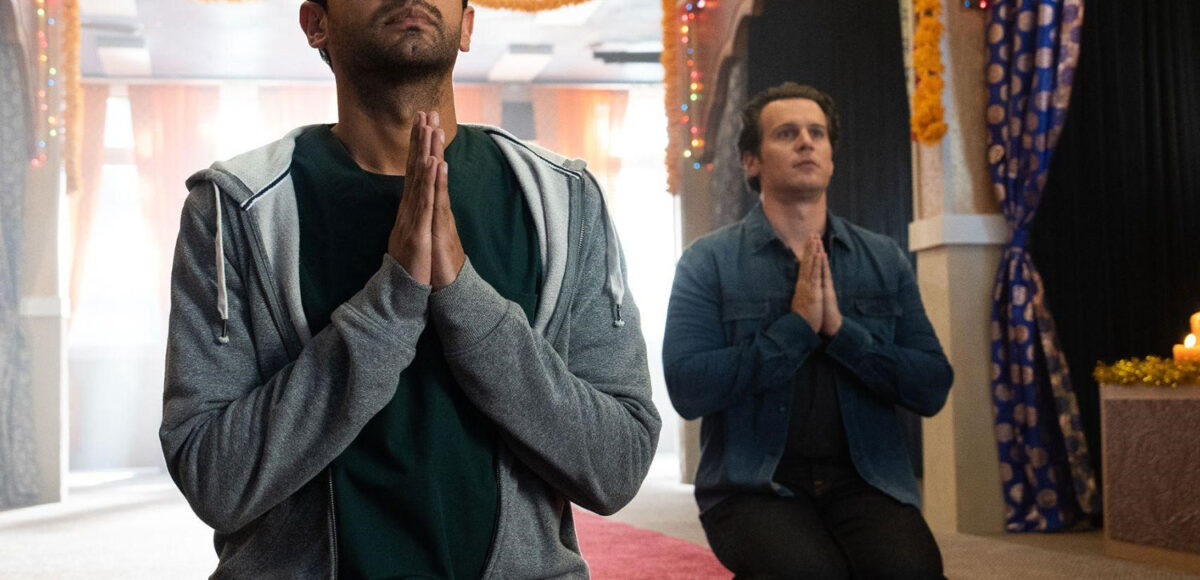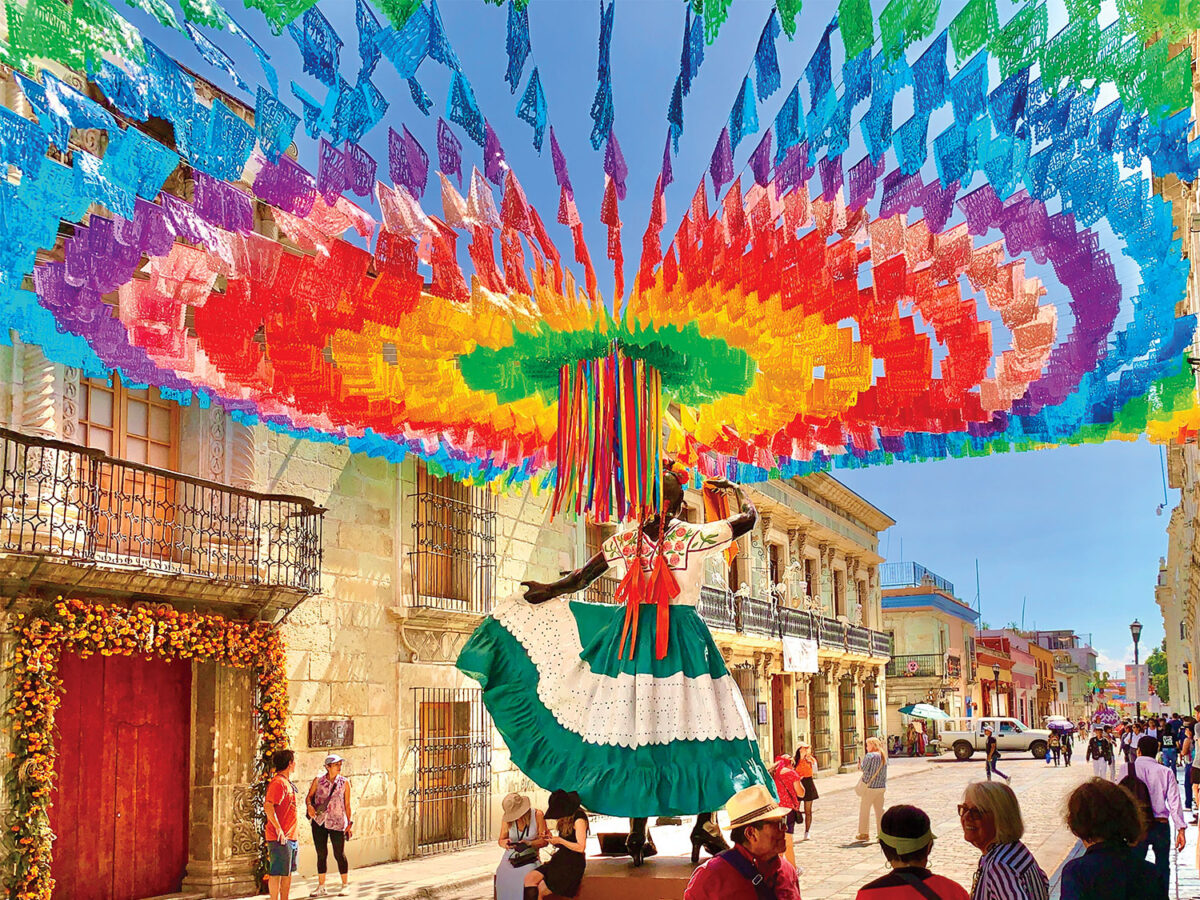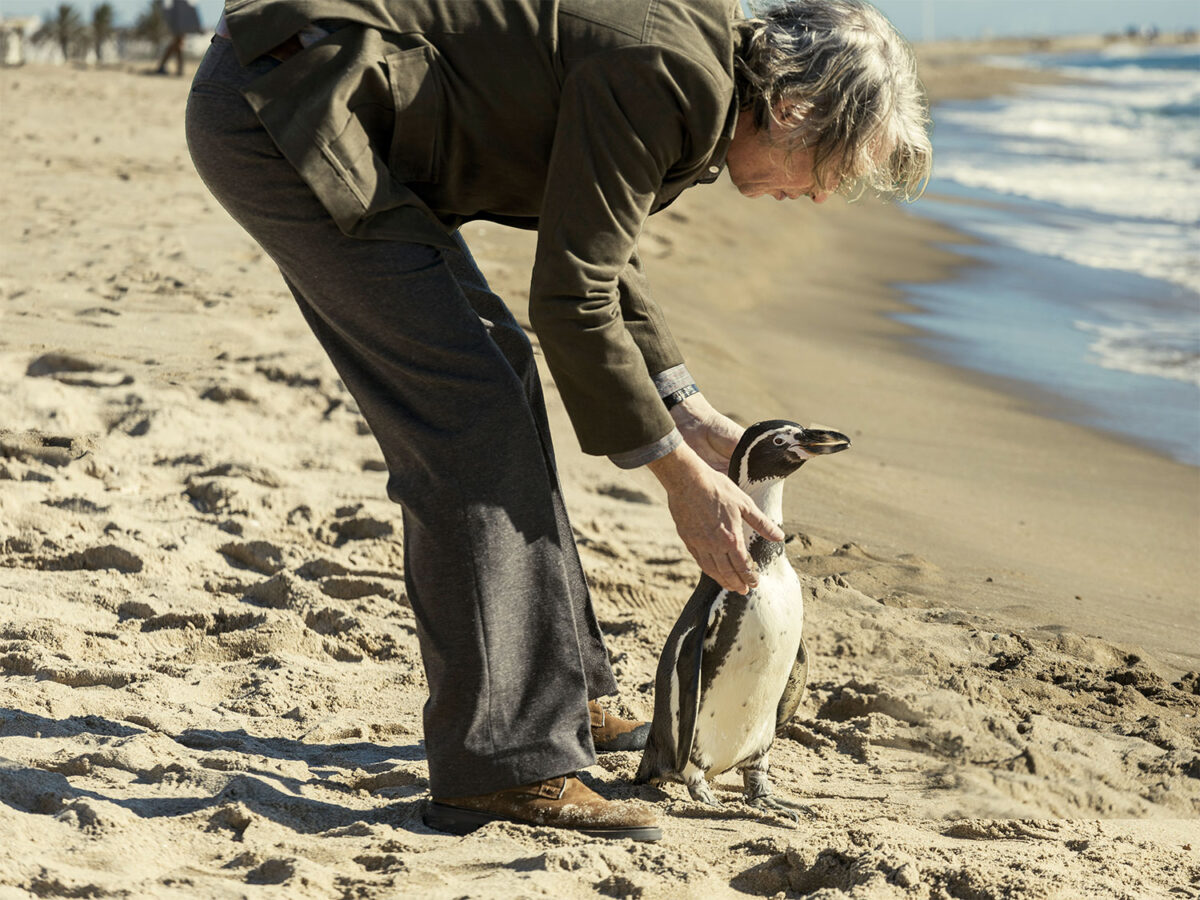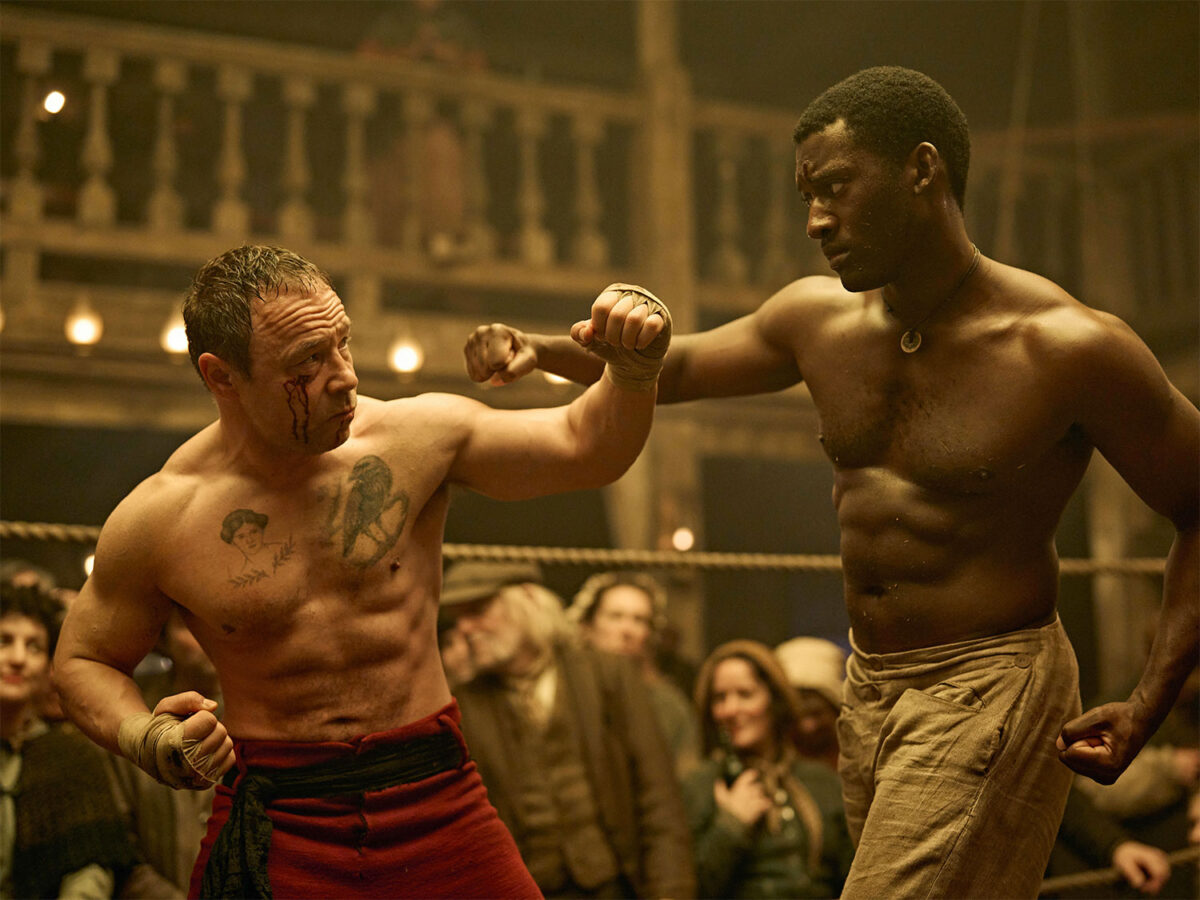Dizzily, the cameras circle the dance floor as lights strobe and dancers swirl in colorfully chaotic but choreographed movements. We are thrust into the middle of an American version of a Bollywood-style Indian wedding with everything but the elephant. Arundhathi Gavaskar has just married the man chosen by her parents, an orthopedic surgeon no less. Sitting alone, enviously watching the joyful celebration is her younger brother, Naveen, wanting what she has and recognizing how out of reach it might be. Naveen, who is gay, wants a wedding like Arundhathi’s, but there are many hurdles yet to jump, the first being a boyfriend he can bring home to his parents, perhaps the biggest barrier.
Fast forward several years, and Naveen, now a successful physician, has only recently come out to his parents. Not quite understanding the “concept” of gay, his father, always rather quiet, has become more taciturn; his mother still holds out hope that the right girl has yet to come along. His mother, however, is more able to deal with reality and wishes that he would find a partner of his choosing. But Naveen’s reality is that dark lining to a silver cloud. He traffics in sarcasm and negative self-image. But one day, that dark lining turns to silver when he meets a unicorn. A handsome, outgoing, kind, generous young man who sees his gifts. Jay Kurundkar, white, was adopted by an Indian couple and raised like any good Indian boy would have been raised.
You’ve seen this story a million times. Usually, it’s the self-deprecating girl, the one with glasses and hair in a bun, who meets a handsome young man who sees who she is even if she doesn’t. Before you know it, he’s released her bun into its naturally flowing locks, she gets contact lenses and ugly duckling, now a swan, is the love match of beautiful boy. Following the standard narrative, it would be girl meets boy, girl loses boy, girl gets boy. “A Nice Indian Boy” is that same storyline with a gender difference. This fairy tale probably goes back to the age of the Greeks, but it keeps getting repeated because it works, or frequently it works. Madhuri Shekar, the writer of the source material, based her original play on the popular Bollywood film “DDLI” about romance. Snippets of the film, “DDLI,” play a major role in the lives and courtship of Naveen and Jay and are a wonderful counterpoint to the reality they face versus the romance they dream.
Eric Randall, the screenwriter, identified with the material because he was in the midst of planning his own big gay wedding and getting to know his future in-laws. It’s easy to recognize how fraught that situation could be, even under the best of circumstances. With Jay and Naveen, culture had a big role to play, and the humor is underscored by Jay being even more inculcated into Indian culture than Naveen. Director Roshan Sethi also viewed the story through a very personal lens. A gay Indian man, he faced challenges at every turn, especially from his parents, who could not accept who he was. His own experience has not been happily ever after, but he was determined that “A Nice Indian Boy” would be. As he points out, “culture is a formidable anchor.” But an anchor can be both something that drowns you and something that grounds you. In the film, Naveen must fight one to discover the other.
“A Nice Indian Boy” is a love story like so many others. In the end, it doesn’t matter who loves whom as long as love is the tie that binds. The story is helped immensely by the charming cast. Karan Soni, Naveen, a USC graduate in film and theater and a member in good standing of the “Deadpool” universe, sells his ever-present anxiety and self-esteem issues with a furrowed brow and inquiring eyes. His Naveen is endearing while also frustratingly negative. The marvelous Jonathan Groff, Tony winner for “Merrily We Roll Along” and star of “Glee,” has a warm and empathetic screen presence. Shining eyes and an expressive smile only enhance the colors he shows as a mature young man, sure of himself and grateful for his upbringing, who tries to help his partner live his own genuine life.
Groff and Soni may be the titular stars, but the show is stolen out from under them whenever Zarna Garg, as Naveen’s mother Megha, and Harish Patel, Naveen’s father Archit, appear in a scene. Patel’s silent disapproval that morphs into bewilderment is a case study in character development. It is Garg’s glittering expressive face and efforts at acceptance that are a key to everyone else’s performance and narrative. Garg steals everything but the furniture.
“A Nice Indian Boy” gives us all the understanding that not wanting something is the fallback position of being afraid to want it.
Opening March 31 for one night at the Laemmle Royal as part of the “Real Talk with Stephen Farber” film series and April 4 at the Laemmle Glendale.
Neely Swanson spent most of her professional career in the television industry, almost all of it working for David E. Kelley. In her last full-time position as Executive Vice President of Development, she reviewed writer submissions and targeted content for adaptation. As she has often said, she did book reports for a living. For several years she was a freelance writer for “Written By,” the magazine of the WGA West, and was adjunct faculty at USC in the writing division of the School of Cinematic Arts. Neely has been writing film and television reviews for the “Easy Reader” for more than 10 years. Her past reviews can be read on Rotten Tomatoes where she is a tomatometer-approved critic.







